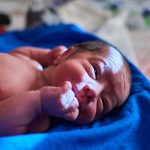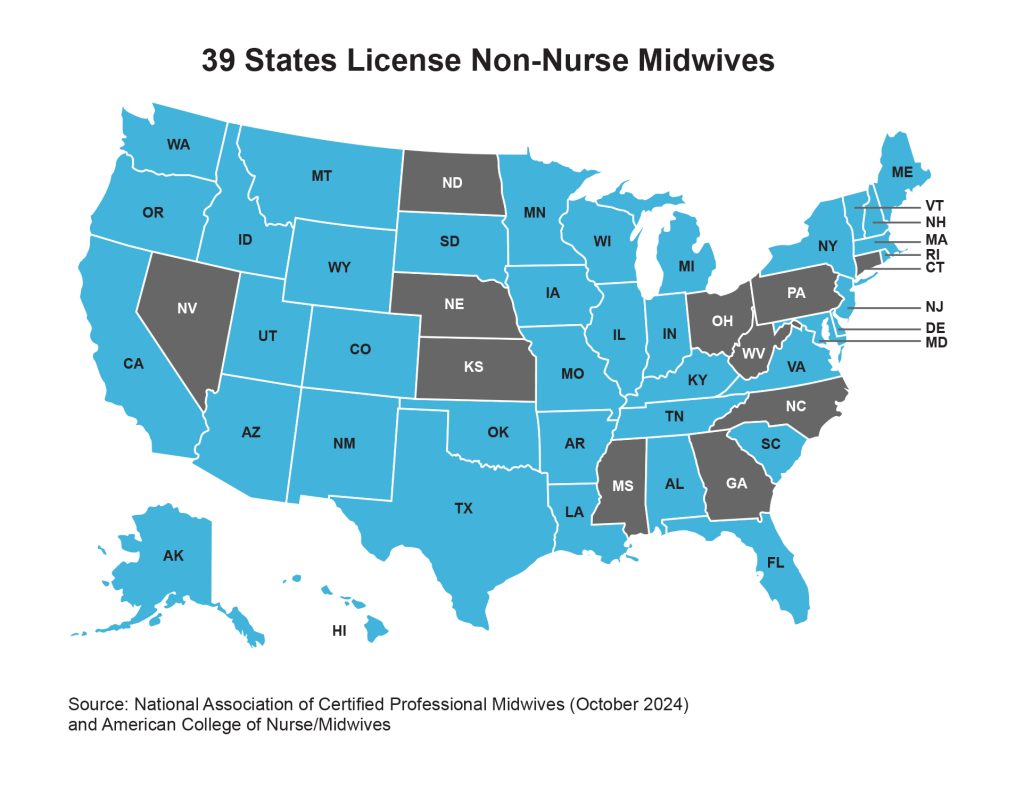25-03 (Pending), Sunset Analysis: Regulation of Midwives
Posted on Jan 14, 2025 in Most Recent, Summary|
AUDITOR’S SUMMARY IN OUR UPCOMING REPORT, Sunset Analysis: Regulation of Midwives, we conclude that the continued regulation of the midwifery profession is consistent with and supported by the criteria for professional licensing in the Hawai‘i Regulatory Licensing Reform Act, Chapter 26H, Hawai‘i Revised Statutes (HRS). State regulation of midwives will “sunset” on June 30, 2025, after which there will be no state oversight of the midwifery profession unless the Legislature enacts legislation to continue regulation. Prior to the repeal date, the Auditor is required to assess whether the regulatory program complies with the State’s policies for the regulation of professions and whether the public interest requires that regulation be reenacted, modified, or permitted to expire. Our upcoming report is that assessment and provides a more detailed discussion of the basis for our conclusion. Midwifery and the history of its regulation in Hawai‘i Midwives provide a range of health care services, including care during pregnancy, childbirth, and the postpartum period. They can perform examinations monitoring the pregnant mother’s health as well as the weight, heart rate, and position of the baby, order and interpret screenings and diagnostic tests, and offer guidance about breastfeeding and other newborn care issues. Midwives also may purchase and administer prescription drugs and devices, including administering intravenous fluids and repairing vaginal tears. A midwife typically provides such services as an alternative to a medical doctor such as an obstetrician. Some midwives are advanced practice registered nurses, licensed in Hawai‘i by the Board of Nursing under Chapter 457, HRS; nurse-midwives generally work in hospitals and other medical settings. In Hawai‘i, most midwives are non-nurse midwives – often called direct entry midwives or lay midwives, and include traditional midwives – who work in non-hospital settings, including in homes. The current regulatory program, Chapter 457J, HRS, regulates the practice of midwifery by non-nurse midwives. Hawai‘i first regulated midwives in the 1930s. Beginning in 1931, those assisting women in giving birth were required to register with the Board of Health (which became the Department of Health) and file birth certificates for the babies whose births they attended. Regulation evolved over the decades. In 1998, the Legislature repealed the Department of Health’s midwifery regulatory program. The licensing of certified nurse-midwives, who are registered nurses and work in hospitals, was transferred to the Hawai‘i State Board of Nursing. The legislation transferring oversight of certified nurse-midwives to the Board of Nursing did not address non-nurse midwives, which allowed them to practice midwifery without any state oversight. In 2019, the Legislature enacted a new law to regulate the practice of midwifery, expressly finding that “[t]he regulation of the practice of midwifery is reasonably necessary to protect the health, safety, and welfare of mothers and their newborns.” Chapter 457J, HRS, with limited exceptions, requires anyone assisting a woman during her pregnancy and childbirth to possess a license issued by the director of the Department of Customer and Consumer Affairs. Nurse-midwives licensed by the Board of Nursing and other licensed professionals whose scope of practice overlaps with the practice of midwifery are exempt from Chapter 457J, HRS. Any person who violates the licensing requirements is subject to a fine of not more than $1,000 for each separate offense. The unlicensed practice of midwifery is a misdemeanor. The law will expire on June 30, 2025. State policy regarding the regulation of professions In enacting the Hawai‘i Regulatory Licensing Reform Act, Chapter 26H, HRS, the Legislature noted that the purpose of regulation is to protect the public and not for the protection of the profession. Accordingly, state policy is to impose professional regulation “only where reasonably necessary to protect the health, safety, or welfare of the consumers of the services.” Where the health, safety, or welfare of the consumer may be jeopardized by the nature of the services offered by the provider, the Legislature directed that “[r]egulation in the form of full licensure … shall be retained ….” (Emphasis added.) Our mandate is to assess whether the regulatory scheme – in this case, Chapter 457J, HRS – complies with those and other policies relating to professional regulation that the Legislature established. What we conclude In enacting the current regulation of midwives, the Legislature expressly found that “[t]he improper practice of midwifery poses a significant risk of harm to the mother or newborn, and may result in death.” We had made a similar determination in our two previous reviews of the practice of midwifery, most recently in a 2017 sunrise analysis. In both reviews, we determined that the practice of midwifery posed a clear and significant potential harm to the health and safety of the public. According to the Hawai‘i Home Birth Task Force, which was created by the same act that established the regulation of midwives, data from the Department of Health for fetal and infant morbidity reported in 2017 and 2018 reflect lower rates of assisted ventilation and Neonatal Intensive Care Unit (NICU) admissions associated with planned home births in comparison to planned hospital births. Specifically, the Department of Health reported that, regarding the planned home births, six and nine newborns required assisted ventilation after delivery in 2017 and 2018, respectively; three and four newborns were admitted to the NICU in 2017 and 2018, respectively. More recent data published by the U.S. Centers for Disease Control and Prevention (CDC) for the four-year period 2020 through 2023 reflects similar statistics: of 1,294 planned home births in Hawai‘i during the four-year period, 15 newborns required assisted ventilation and 11 were admitted to the NICU. However, we do not interpret either the Department of Health data or that published by the CDC to mean that the risk to the mother and newborn is inconsequential or low; it simply suggests that, percentage-wise, the risk to the health, safety, and welfare of the mother and newborn is no greater than planned hospital births. Our review of the current regulation under Section 26H-5, HRS, is narrow but clear – we are tasked with assessing the profession of midwifery and the current regulation of that profession against the criteria in the statute. Specifically, that criteria requires us to determine whether the practice of midwifery, which is defined to include providing care during pregnancy, labor, and childbirth, may jeopardize the health, safety, and welfare of the mother and newborn. Our assessment of the current regulatory scheme and our review of the current practice of midwifery found nothing to suggest that the Legislature’s finding in 2019 about the practice of midwifery – specifically, the risk to the health, safety, and welfare of the mother, the newborn, or both – was erroneous then or today. Midwives are maternal health care providers, and their services play a critical role in maternal health outcomes. Undoubtedly, midwives can help improve both the quality of maternal care and those health outcomes; however, pregnancy and childbirth, inherently, create risk to the health, safety, and welfare of the mother and newborn. According to a report issued in April 2023 by the United States Government Accountability Office (GAO), each year in the United States, “hundreds of individuals die from complications related to pregnancy or childbirth.” In addition, GAO reported that “tens of thousands experience unexpected outcomes related to labor and delivery, such as heart failure, which in turn can lead to significant short- or long-term health consequences (known as severe maternal morbidity).” While not specific to intended home births or births attended by midwives, the unexpected health outcomes described by GAO serve to confirm that pregnancy and childbirth are not without actual risks that may jeopardize mothers and newborns. We conclude that the State’s policies regarding the regulation of certain professions established by the Legislature in Chapter 26H, HRS, support the continued regulation of the practice of midwifery in the form of full licensure.
|

